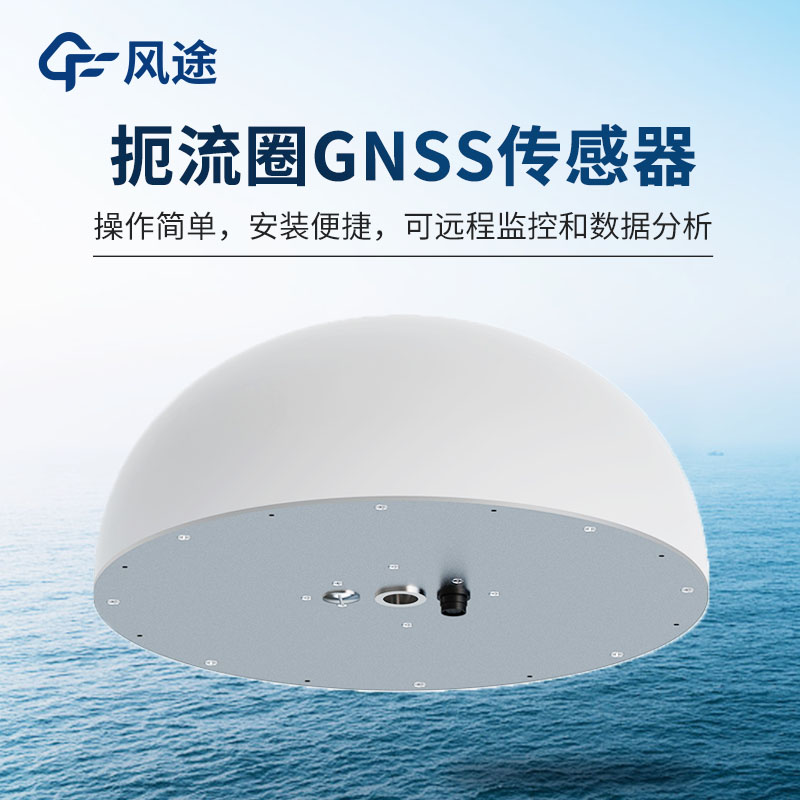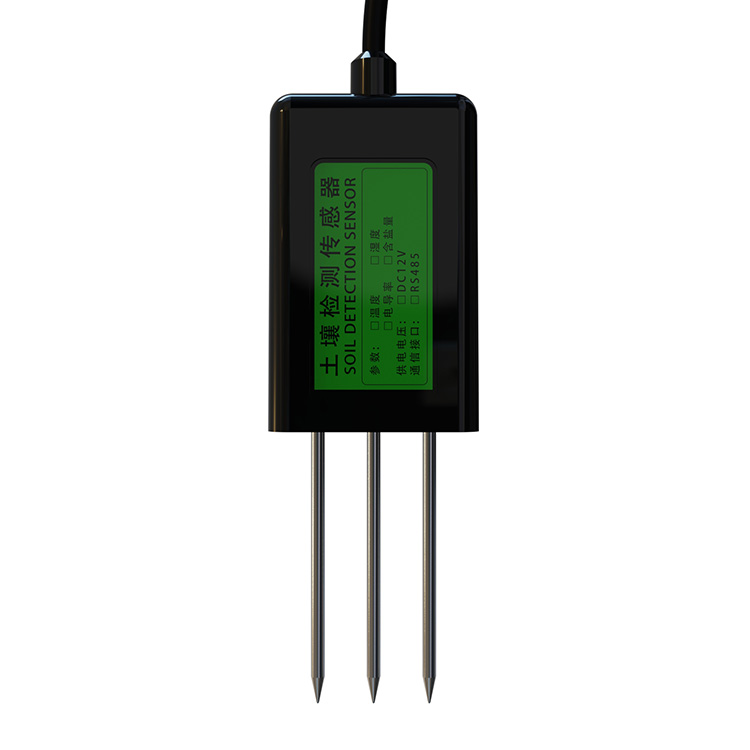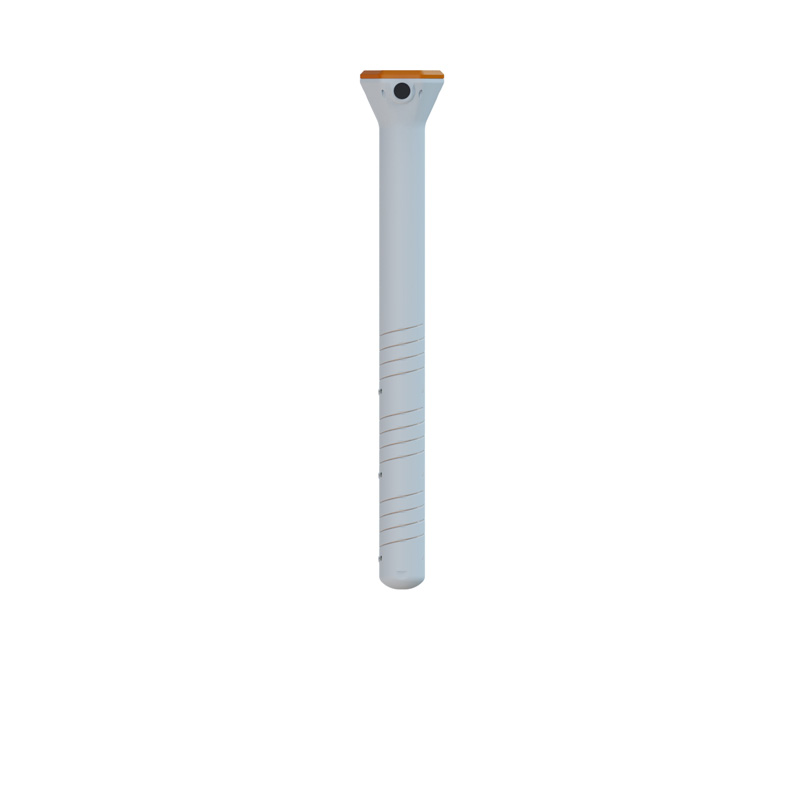A GNSS receiver is a high-precision device that uses differential RTK techniques to monitor small displacement changes. It is very important in the field of engineering safety, such as monitoring dams and bridges, or warning of landslides. This sensor is stable and works accurately in a wide range of environmental conditions, and is simple to install and operate.
The power supply requirement is between DC10V-15V and the power consumption is only 0.25W.
The accuracy is very high, the error in horizontal direction is within ±2.5mm, and the error in vertical direction is within ±5mm.
Equipped with special antenna and material to reduce signal interference.
Supports a variety of communication protocols, which can be easily connected and integrated with other devices.
When installing a GNSS displacement monitoring station, ensuring that the station is accurately installed is critical to obtaining high quality data. Choosing a location with a clear line of sight and avoiding interference from tall buildings is a basic requirement. The baseline distance should be kept within 500 meters, with a maximum of 2 kilometers, while trying to keep the reference station and the measurement station at the same altitude to minimize errors. The measurement antenna needs to be above all structures within 20 meters of the surrounding area to optimize signal reception. The mounting base must be stable to withstand interference from natural elements such as wind.
The data transmission antenna and LoRa antenna should be lower than the measurement antenna and kept at a distance to minimize signal interference. To ensure the quality of installation, it is recommended to contact a professional after-sales service team for video guidance and technical support for more accurate monitoring results. Following these guidelines will maximize the performance of the GNSS displacement monitoring station and provide solid data support for safety monitoring of engineering projects.

This paper addresses:https://fengtusz.com/industry/435.html









